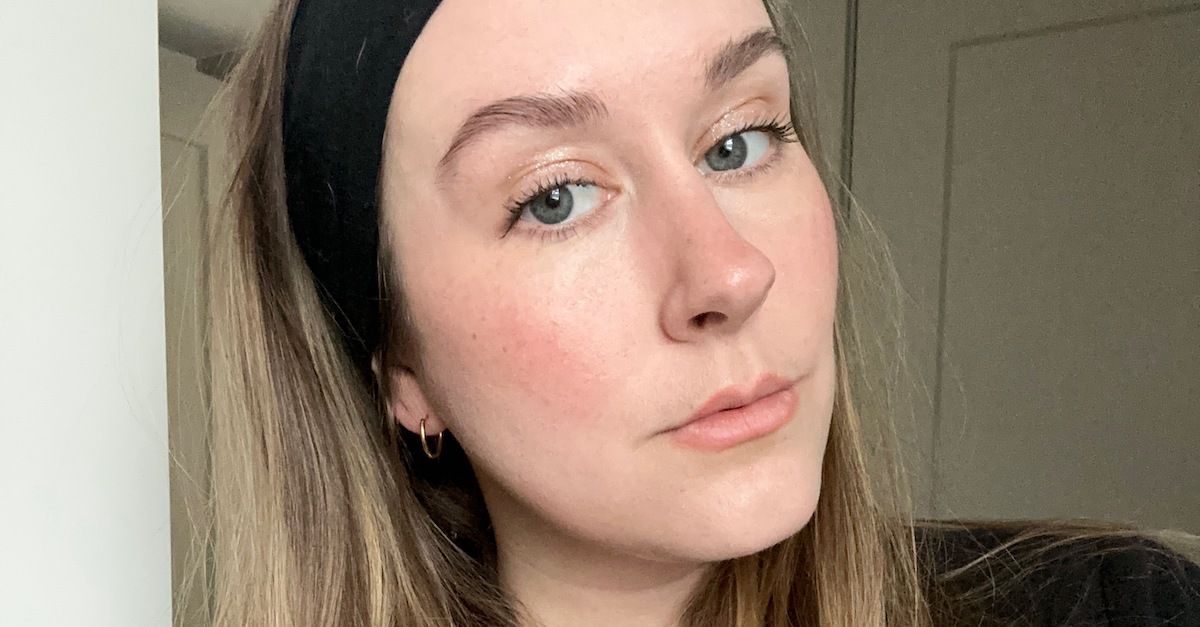I’m sure many have wondered what the reason behind the mummification process was and why the Egyptians bothered to go to all that effort to preserve their dead.
The reason is that the Egyptians believed that, in order for their spirit to exist in the afterlife, their mortal body had to be preserved in the living world. If the body was destroyed, then the spirit would be lost forever.
We at Horror Facts wanted to walk you through the mummification process and teach you everything that went into creating a mummy.

The Mystery of Mummy Preservation: Removing the Brain for Eternal Life
It has been theorized that the ancient Egyptians didn’t see the value in attempting to preserve the human brain during the mummification process because, to the Egyptians, the brain was not considered to be an essential part of the body needed for the afterlife.
Or, perhaps the reason behind discarding the brain was because the brain was simply too difficult to remove intact without severely damaging the body because it’s not like the ancient Egyptians had access to a cranial saw.
Whatever the reason, the brain was generally the first organ to be removed during the mummification process.
The embalmer would hammer a chisel through the nose, creating a large hole that would allow them access to the brain. After creating this hole, the embalmer would use a metal hook to begin removing pieces of the brain.
After they managed to remove most of the brain, they would pour liquid into the skull to attempt to flush out any remaining bits of the brain that remained in the skull.
They would then pour resin into the skull to coat any remaining pieces of brain that remained behind and also to prevent any further decomposition.
Organ Removal: A Critical Part of the Journey to the Afterlife
Now that the brain was removed, the embalmers would go to work on removing the digestive organs, as these organs contained digestive enzymes and bacteria.
If left unchecked, this bacterium would eventually start to eat the body from the inside out, devouring all body tissue and reducing the body to a skeleton.
The organs would be removed by making an incision in the left side of the body.
Due to their size and location within the body, the embalmers would oftentimes have to make an incision in the abdomen to remove the lungs.
After being removed from the body, the organs would be coated in resin and individually wrapped in linen. The organs would then be placed in canopic jars which were filled with a naturally occurring compound called natron.
What made natron so special was that it was a mixture of sodium carbonate (soda ash) and sodium bicarbonate (baking soda) which acted as a preservative, so it would dry out the organ and kill all bacteria living within the organ. Natron also prevented any new bacteria from forming inside the organ.
Because of this, these organs were safely contained and preserved within these jars, sitting like dried-out pieces of meat for centuries.

Why the Heart was Considered the Most Important Organ in Egypt
The heart, however, received a different treatment.
The Egyptians believed that the heart contained a person’s soul and consciousness and that the person needed their heart to journey into the afterlife. Because of this, the heart was always left inside the body.
The Egyptians believed that, after death, the deceased soul would stand before Anubis, the jackal-faced god of the dead. Standing in front of the gates of the afterlife, Anubis had a scale on which the deceased soul would be judged based on their deeds in life.

FACT
In later Egyptian history, Anubis was replaced by the god Osiris as the ruler of the dead. Anubis, however, was still present in Egyptian culture, being seen instead as the god of mummification and protector of the dead. He was also accredited with being responsible for ushering souls to the afterlife.
The heart of the deceased would be placed upon one side of Anubis’s scale, while Maat, the goddess of truth, harmony, and justice, who was often depicted as a young woman with wings, would place one of her feathers of truth upon the other side of the scale.
If the feather weighed more than the person’s heart, they were welcomed into the afterlife by Anubis, but if their heart weighed more than the feather, it meant that the person had committed evil deeds in their life, and for their punishment, their soul would be devoured by Ammit, a beast that was said to possess the hindquarters of a hippopotamus, the torso of a lion, and the head of a crocodile.

Preserving the Body Through Dehydration: The Ancient Art of Mummification
After all the organs were removed from the body, the embalmers would then go to work removing the moisture from the body to kill all remaining enzymes and bacteria in the body and to prevent the body from decaying. They would achieve this by packing the corpse with natron packets. After filling the body, the embalmers would then completely cover the body in natron.
Due to its natural drying abilities, the natron would completely dry out the body, causing the flesh to harden. Although the body would severely wither from the natron, it still retained its general human shape. This process could take anywhere from 35-40 days.
After the body was completely dried out, the embalmers would then remove the natron and wash away any excess natron left on the body.
This process would cause the body to shrink and become dehydrated, so the embalmers would often have to stuff the body with linen or other materials in an attempt to restore its natural human form and also to provide support in the now empty chest and abdominal cavities.
After stuffing the body, the embalmer coats it in resin and oils to help preserve it and prevent further decay. The resin was thought to act as a natural preservative and was also useful in acting as a barrier for bacteria.
The Art of Wrapping the Body in Ancient Egyptian Mummification
Now that the body was prepared, the embalmer would begin the long, painstaking process of wrapping the body.
The embalmers would usually start by individually wrapping every finger and toe separately before wrapping the entire hands and feet. The arms were then crossed over the chest to ensure they would be secured to the body during the mummification process.
The embalmers would then begin to wrap the entire body. To keep them in place, the embalmers would soak the linen strips in resin. This helped to secure the strips in place.
After an initial layer was secured in place, more resin would be applied to the strips of linen and another layer of linen would be applied on top of the previous layer. In the end, each mummy would require hundreds of yards of linen.
Often, amulets would be placed in between the layers, as Egyptians believed that these amulets would serve to protect the deceased person in the afterlife. The embalmers would also either inscribe spells on the linens or recite spells as they wrapped the body, believing that these spells served to protect the deceased person on their journey to the next life.
The exact amount of time it took to completely wrap a mummy is unknown, as the amount of time would often vary depending on the size and shape of the body. However, it is generally believed that the wrapping process would take up to several days or even weeks to finish the mummification process.

FACT
Depending on the significance of the deceased individual, a death mask would be placed over the face of the mummy. The masks often depicted the deceased individual’s visage. This mask not only served to protect the mummy, but it would also help the soul of the deceased person know what body to return to.

The “Opening of the Mouth” Ceremony is Performed
After the mummy was finished being wrapped, it was finally time to hold a funeral for the deceased person.
Before being sealed in its coffin, a priest would perform what is called an “Opening of the Mouth Ceremony.”
During the ceremony, the priest would recite spells as they touched various parts of the mummy’s body, including the eyes and the mouth, with a special instrument. The Egyptians believed that this ceremony would “open” these parts of the body and restore the senses the deceased person once experienced in life. By touching the mouth, they believed they restored the person’s ability to eat and speak in the afterlife.
The “Opening of the Mouth” ceremony was the final and crucial last step in the mummification process, and the Egyptians believed that the person was now ready to start their journey into the afterlife.
Following the ceremony, the mummy was placed inside their coffin and sealed within their tomb along with furniture, jewels, amulets, scrolls, statutes, the canopic jars containing their organs, and food and drink. All the things that the Egyptians believed the person would require in the afterlife.
Preserving the Past: The Enduring Significance of Egyptian Mummification
This elaborate and detailed mummification process used by the ancient Egyptians to honor and preserve their dead continues to intrigue and captivate people all over the world.
This concept of a corpse wrapped in linen and sealed within a tomb has fueled our imaginations for decades and has allowed us a glimpse into the past and has shed light on the beliefs, customs, and practices of one of the world’s oldest civilizations.
For horror aficionados, though, the legacy of this ancient Egyptian practice is a staple of monster movies all over the world! What could make a better nightmare than a wrapped corpse coming back to life?
Egyptian mummification will continue to be studied, appreciated, and celebrated for generations to come, reminding us of the rich cultural heritage of this great civilization.
And mummies will continue to populate horror movies far into the future, feeding our imaginations, making us jump in our seats, and spawning our nightmares.
You can combine history with horror and learn about what happens to those who dare disturb the resting place of Egyptian mummies by checking out The Curse of King Tut’s Tomb.

I have come here to chew bubblegum and write horror, and I’m all out of bubblegum.
Senior Editor at Horror Facts


























































![Mason Ramsey – Twang [Official Music Video] Mason Ramsey – Twang [Official Music Video]](https://i.ytimg.com/vi/xwe8F_AhLY0/maxresdefault.jpg)























